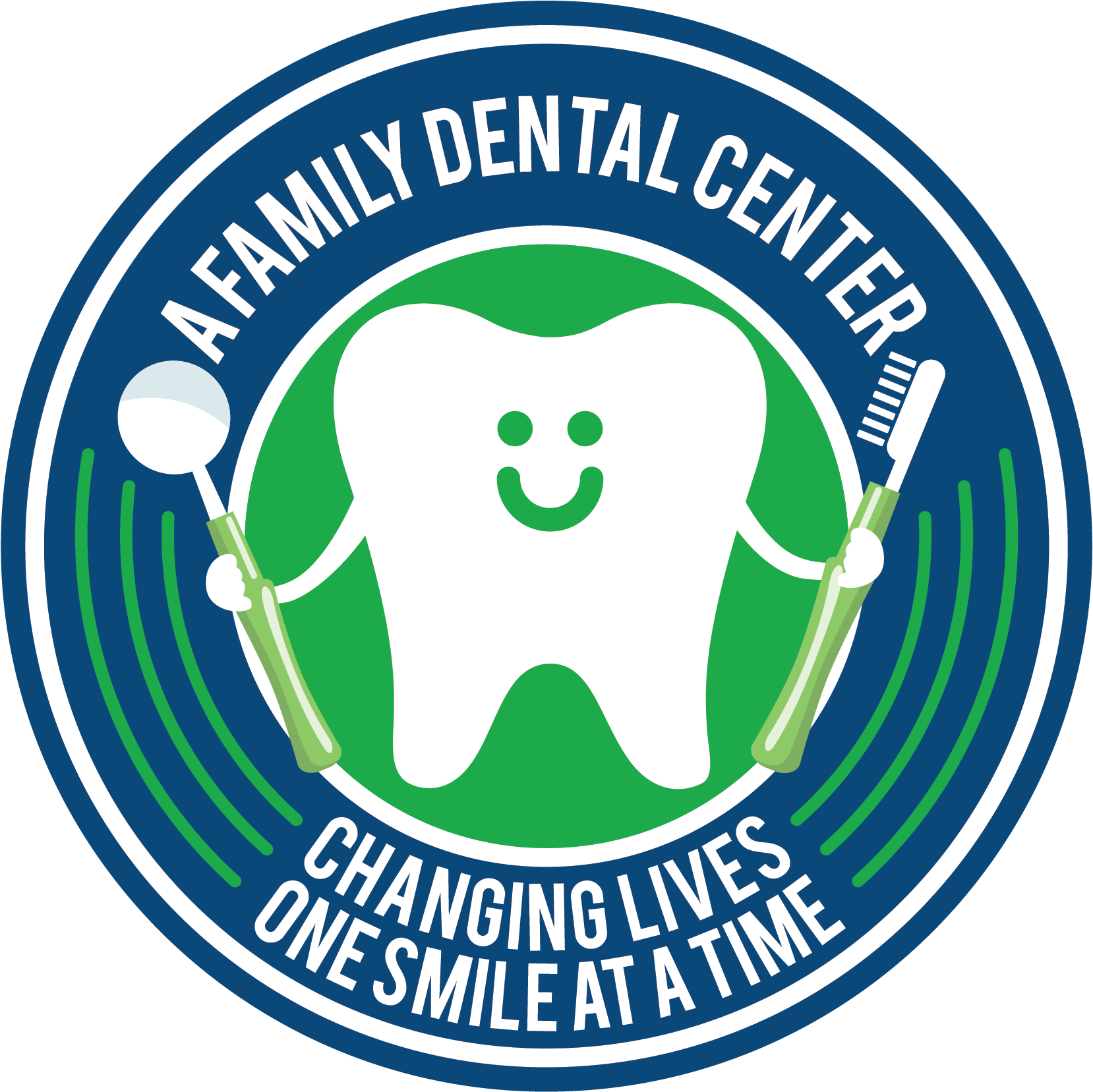Much as technology has improved information dissemination, still, dental care is an issue of contention. While some go overboard with taking care of their teeth, some barely pay attention to them. No wonder there are still many cases of tooth loss even in adulthood.
If you are a victim of tooth loss, worry not. In dentistry, there are solutions you can take up to help replace your missing tooth. Today we talk about oral implants, which are a more permanent approach to tooth replacement.
What Is A Dental Implant?
It is a metal fixture used in restorative dentistry for teeth replacement. It features titanium metal posts that are inserted in the jawbone of a patient. The metal posts serve as a replacement for the roots of teeth. This is what makes oral Implants stand out from other tooth-replacement procedures.
Why Do You Need An Implant?
An implant is not something you determine to get on your own. While the desire may be there, your dentist is the one who comes up with a treatment plan suitable for your situation.
Technically anyone can get an implant, having that they are used to replace missing teeth. Even with a full mouth of missing teeth, you can still get implants. The only factors that might affect your qualifications are:
- Your health – this covers overall health as well as the health of your mouth. If you are under medication, this treatment may not be suited for you at that time.
- Structure of your bones – your jawbones are required to be healthy and wholesome so they can support the metal fixtures.
- The health of your gums – the gums will also play a huge role in holding the implant in place. Healthy gum tissue should not be receded, swollen or damaged with mouth sores all over.
How Long Does An Implant Procedure Take?
The one thing to note about the implantation procedure is that it is surgical. Some of the steps involved in your treatment are as follows:
- Local anesthesia and sedation – to relax you and alleviate pain.
- An incision on your gum tissue to expose the bone structure.
- Drilling of the bone structure – this step depends on the type of implant you are getting. The drilling creates room for the metal post to be implanted.
- The implantation process happens.
- Closing the gum tissue – it is sewn back together and allowed to heal. The healing can take several weeks before your mouth properly integrates the implant.
- Covering with a crown – an oral crown is needful to cover the implant and offer complete restoration and functionality to that tooth.
In general, the surgical procedure should take between 3-5 hours. It all depends on the type of implant you are getting, as well as the number of implants being installed. You can learn more about implants by visiting our clinics today.
Advantages & Disadvantages of Implants
To every treatment procedure, there are pros and cons. Weighing them out careful helps you determine whether or not the procedure is suitable for you.
Advantages of Implants
- Durability – they feature titanium metal, which is a sturdy material. For this reason, implants can last you even a lifetime, with proper care.
- Strong build – although there isn’t a dental appliance that matches the natural strength of teeth, implants come pretty close. The build of the material is strong to withstand and resist any pressure and tension, longer than most dental appliances.
- Permanency – implants do not have to be replaced every couple of years. They are also not removable, having that they are installed in your jawbone.
- Root replacement – there isn’t a dental procedure that can replace the root of your teeth, other than implants. The rest concentrate on surface treatment, where they only replace the crown.
Disadvantages
- The treatment is not for everyone – you have to be thoroughly examined to qualify for implants.
- Healing takes time – this is not a cosmetic alteration. Since it is a surgical procedure, it can take some time before your gums and bones are healed properly.
- It is an invasive procedure – compare to oral dentures or bridges, implants are a very invasive treatment option.
- They are expensive – given the nature of the treatment as well as the titanium material used, the implants can be costly. Remember you also have to account for the cost of the dental crowns over the implants.


